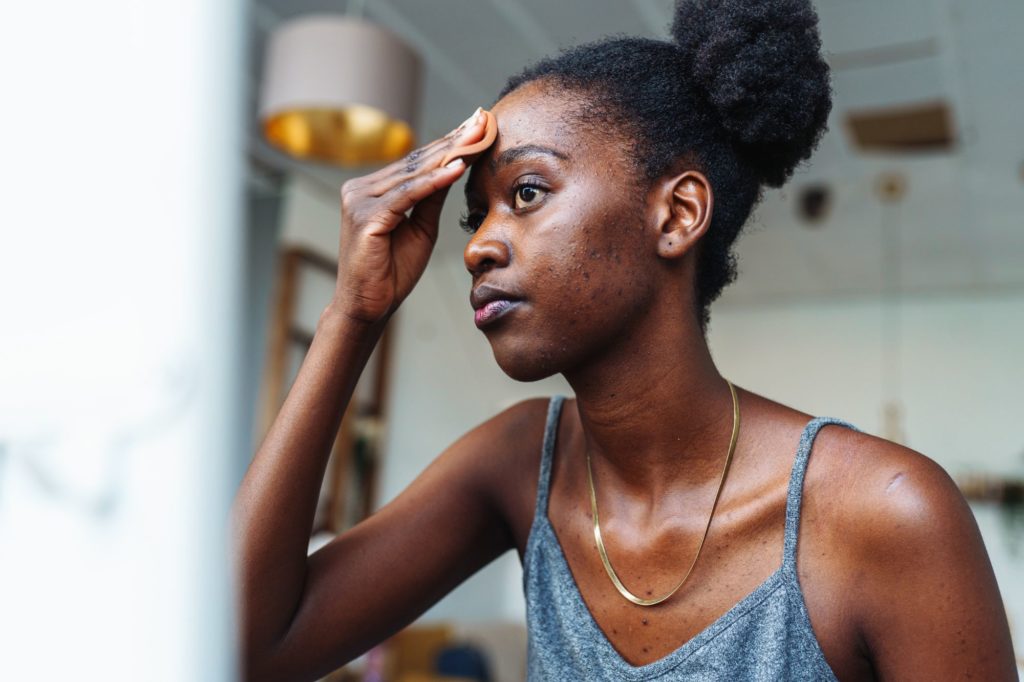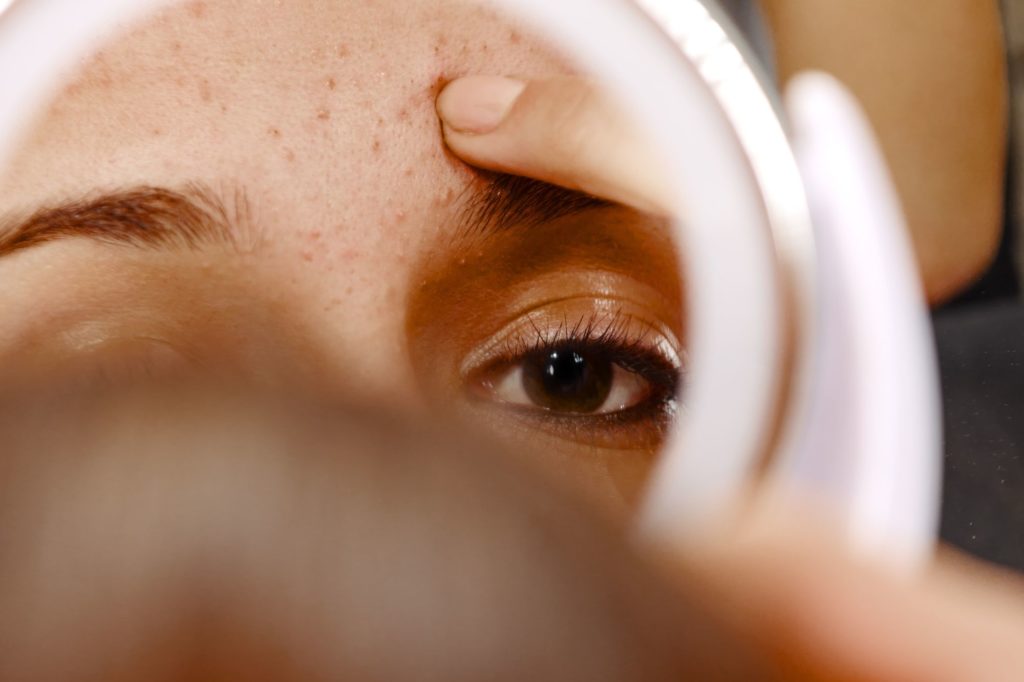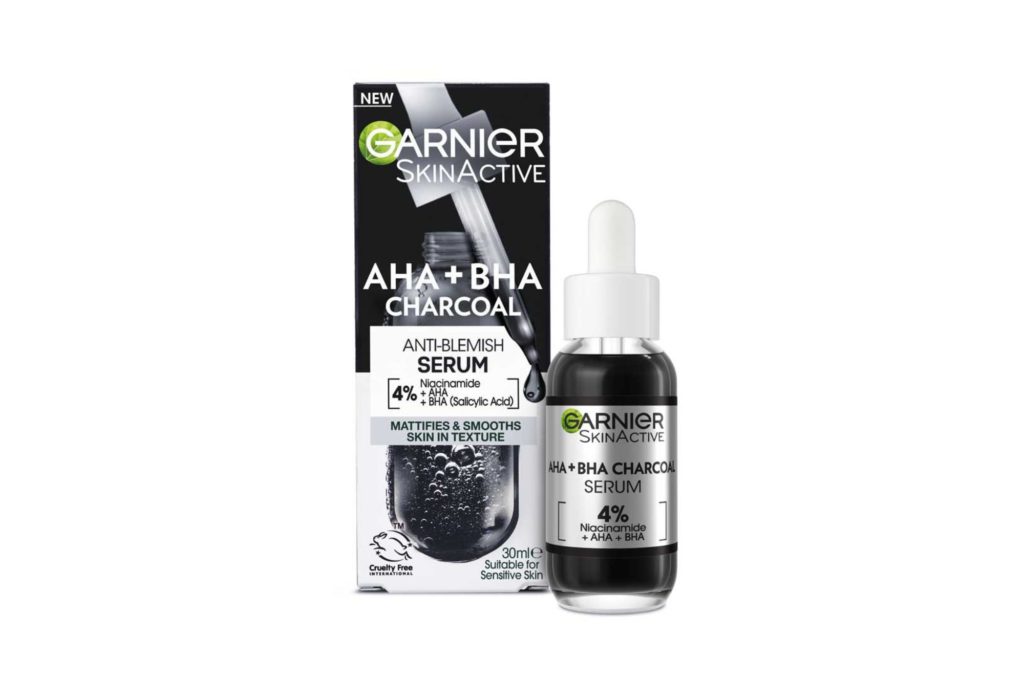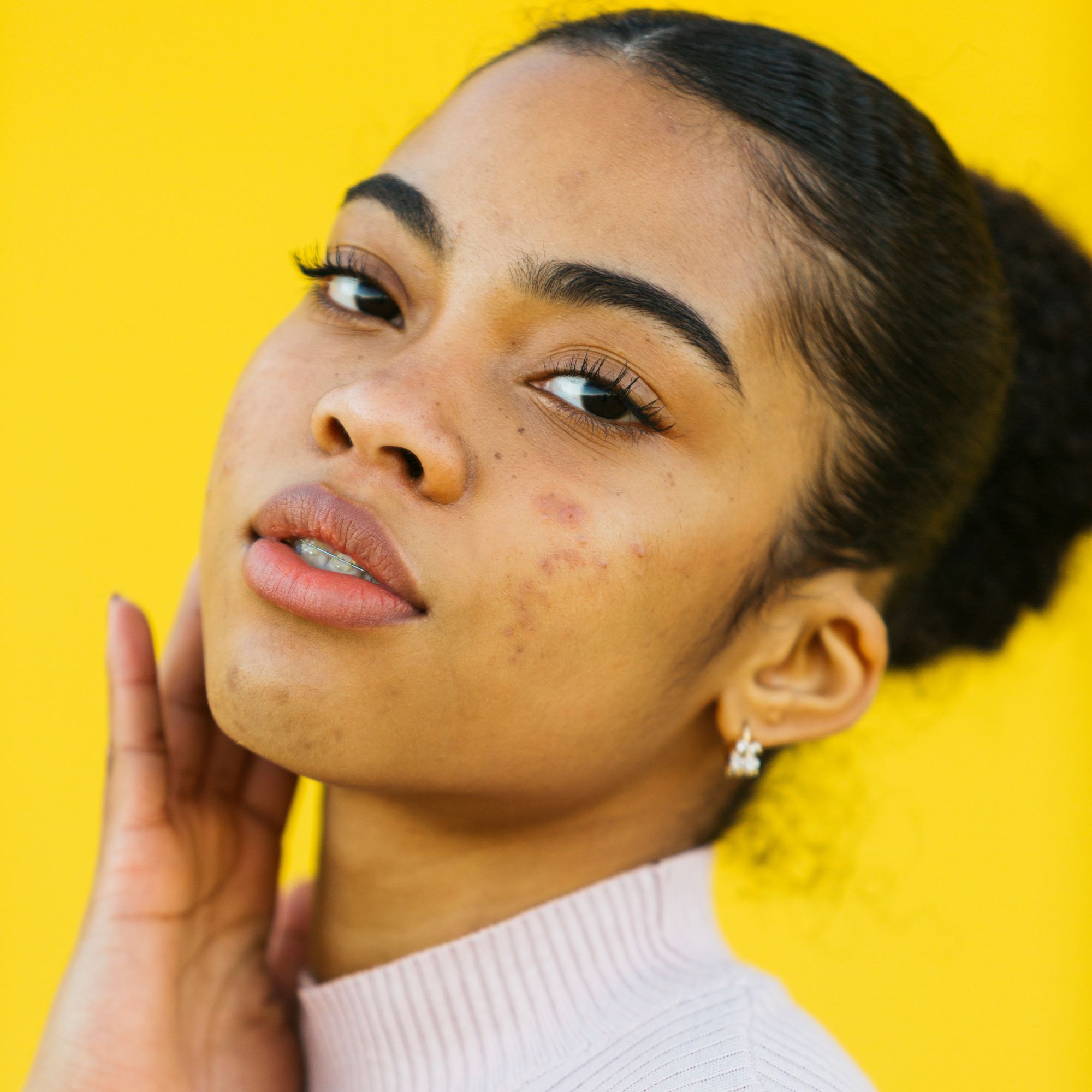
- POPSUGAR Australia
- Beauty
- Do You Have Acne-Prone Skin? Here Are the Ingredients You Should Look For
Do You Have Acne-Prone Skin? Here Are the Ingredients You Should Look For


We’ve partnered with Garnier to highlight that adult acne is a normal part of life for many Australians, and we’re here to help you fight it, not hide it.
Knowing something is common doesn’t make it fun. Acne is very common, affecting 85 percent of Australians age 15-24, and many people in their late twenties and thirties. But, knowing you’re not alone isn’t that comforting when your skin is breaking out at every opportunity.
For every new spot, we know there’s a tab open on your computer searching for the newest ingredient, treatment or TikTok hack to provide a solution. That’s because acne sucks, and there’s a lot of information out there. In fact, if you’re picking up tips on TikTok, many ingredients you might come across on the internet — from potatoes to toothpaste and aspirin — won’t be right for your skin. We’re all about making your online adventures and trips to the chemist a little easier, so we talked to pharmaceutical scientist Hannah English about finding the right ingredients for you. We also spoke to dermatologist Dr Cara McDonald of Chroma Dermatology, to find out exactly why some people are more acne prone than others.
Why Do Some People Get Acne More Than Others?

Whatever the stats, we all know some people get hit with the acne stick harder than others. Dr McDonald says the reason is fairly simple.
“In order to get acne, you need to have a tendency to get blocked pores and skin inflammation,” Dr McDonald explains.
This is because the acne pustule itself is caused by a blockage of dead skin cells within the pore, which then becomes inflamed and infected, resulting in the raised red lumps we love to hate. Your best friend who sleeps in her makeup, washes her face with shampoo, and eats Coco Pops for breakfast is very simply not genetically prone to congestion (although she should get her act together, for decency’s sake).
It’s true that some people will develop acne late in life due to external factors. The American Academy of Dermatology reports that between 20-to-40 percent of people assigned female at birth with adult acne will experience it for the first time in adulthood (so, there’s still time for your friend).
However, while some may develop hormonal acne due to birth control, or following a particularly stressful period in their life, some people will struggle with finicky, oily, and break-out-prone skin their whole life.
Dr McDonald says that while family history and genetics play a significant role in how you’ll experience acne throughout your lifetime, certain factors can increase congestion and inflammation. Put simply, anything that alters your hormonal balance can trigger acne.
“This includes diet, particularly high sugar or high dairy diets, and stress which affects our hormonal systems,” she explains.
Related: The Best Way to Treat Acne Scars, According to 3 Skincare Experts
So, How Do You Manage Acne Prone Skin At Home?
Experts agree that acne-prone skin, which is slow to self-exfoliate, needs a boost with either chemical exfoliants like alpha and beta hydroxy acids, or retinoids, which speed up cellular turnover. Dr McDonald says the best solution for acne-prone skin are ingredients that gently break down skin cells and unclog pores, whilst protecting the skin barrier and reducing inflammation.
She recommends three primary ingredients: alpha and beta hydroxy acids, which break down dead skin cells and clear out blocked pores, and antioxidants like niacinamide, which reduce inflammation in the skin and decrease breakouts.
We asked an expert in skincare ingredients, Hannah English, to break down exactly how these ingredients work, and which ones you should be looking for.
Alpha and Beta Hydroxy Acids for Acne-Prone Skin
Alpha and Beta hydroxy acids (also known as AHAs and BHAs) are the two most common chemical exfoliants you will find in skincare products. Beta hydroxy acids include salicylic acid and the relatively new, lipo hydroxy acid. Alpha Hydroxy acids (AHAs) include glycolic acid, malic acid, lactic acid, malic acid, tartaric acid and citric acid — but the first two are most common.
Hannah English explains that beta hydroxy acids are one of the most powerful acne-fighting ingredients.
“Salicylic acid (BHA) helps dissolve the glue between dead skin cells,” she explains.
The magic of salicylic acid is that it’s oil soluble, which makes it, in English’s words, “uniquely great at unclogging pores”. This means they’re the acid you want to turn to if your pores are clogged, or you have an active (or brewing) blemish you need to bust.
So what about alpha hydroxy acids? It’s a long list, so how do you know which is right for you? As mentioned by Dr McDonald, it’s imperative that acne-prone skin types treat their skin as gently as possible. English says lactic acid is a good option for acne-prone skin types because it’s less irritating and more hydrating than other acids, due to its higher molecular weight, and water, rather than oil, solubility.
“It’s water soluble, meaning it remains active on the surface of the skin and doesn’t penetrate too deeply,” English explains. This is a good thing: if you have acne-prone skin that frequently breaks out, you want to look for ingredients you can use on a regular basis, that will regulate your skin cell turnover long term.

Niacinamide For Acne-Prone Skin
As mentioned by Dr McDonald, niacinamide is a popular ingredient for the treatment of acne. Hannah English explains that this is because it is so multifunctional.
“Niacinamide is a fabulous and fascinating ingredient,” she tells us. “An impaired barrier is greatly correlated with acne severity, and many anti-acne ingredients can be irritating when overused, so the soothing and calming properties of niacinamide are a great way to combat potential side effects and maintain your skin’s integrity.”
Niacinamide is also a bit of a miracle worker when it comes to the prevention of acne.
“Niacinamide helps to normalise oil production — this means you won’t have too much or too little,” she explains. This results in fewer breakouts over time. Finally, niacinamide is a proven melanin inhibitor meaning once your spots have faded, it will speed up the pesky residual brown marks left over.
Charcoal For Acne-Prone Skin
So, you’re treating your spots with salicylic acid, your skin texture with lactic acid, and pesky residual marks and getting your oil production under control with niacinamide. But what do you do when 3pm rolls around and your complexion is an oil slick?
English says charcoal is one of the beauty industry’s most slept-on secret weapons for this conundrum.
“Charcoal is used in medicine to absorb unwanted substances, and in skincare, it’s great at absorbing excess oil.”
This isn’t just important for saving you powder touch-ups. English explains that the oil on your skin oxidises when it’s exposed to UV light and air pollution. What happens when the natural oil on your skin oxidises?
“When this happens, the oil on your face thickens and becomes more likely to, you guessed it, clog pores,” she says. By mopping up excess oil with charcoal, you can prevent future breakouts, while you treat them.
Need An All In One?

If you’re looking for a product for short and long-term management of acne-prone skin, Garnier, AHA+BHA Anti-Blemish Serum ($34.99) contains a highly concentrated formula of 4% [AHA+BHA, niacinamide, and charcoal] to help reduce blemishes and residual dark marks. This serum is designed for oily, acne-prone skin with visible results when used morning and night, as part of your skincare regimen.


